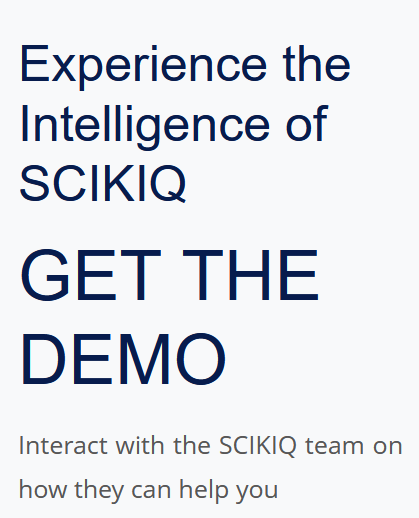Data: Asset Value
and Valuation Methods
This is in continuation of my previous post on “Data: Asset Value and Valuation Methods” - https://lnkd.in/dfKS9gTP.
This time, we will explore two additional methods: Income Approach and Cost Approach Method.
Income Approach
The Income Approach values a data asset based on the income it generates. It estimates future cash flows and calculates their present value. For example, a social media platform called SocialConnect monetizes user data through targeted advertising. If they expect to generate $2 million in annual revenue over the next five years, applying a discount rate of 10%, they can calculate the present value using the formula:
PV = CF1 / (1+r) + CF2 / (1+r)^2 + ... + CFn / (1+r)^n
Let's assume SocialConnect plans to assess the value of their data asset over five years. Plugging in the values, the calculation would look like this:
PV = $2,000,000 / (1+0.10) + $2,000,000 / (1+0.10)^2 + $2,000,000 / (1+0.10)^3 + $2,000,000 / (1+0.10)^4 + $2,000,000 / (1+0.10)^5
Simplifying this calculation will give us the estimated present value of the data asset.
Cost Approach
The Cost Approach values a data asset based on the costs incurred to create and maintain it. It focuses on the expenses associated with data collection, processing, storage, and management.
For example, an e-commerce company called ShopWise invested $500,000 in data infrastructure. With a useful life of five years, they estimate the value by dividing the initial costs by the useful life:
Value = Initial Costs / Useful Life
In this example, the calculation would be:
Value = $500,000 / 5 = $100,000 per year
Therefore, ShopWise estimates the value of their customer data to be $100,000 per year based on the costs incurred to create and maintain it.
By understanding the Income Approach and the Cost Approach, organizations can gain insights into the value of their data assets from both financial benefits and cost perspectives.
This time, we will explore two additional methods: Income Approach and Cost Approach Method.
Income Approach
The Income Approach values a data asset based on the income it generates. It estimates future cash flows and calculates their present value. For example, a social media platform called SocialConnect monetizes user data through targeted advertising. If they expect to generate $2 million in annual revenue over the next five years, applying a discount rate of 10%, they can calculate the present value using the formula:
PV = CF1 / (1+r) + CF2 / (1+r)^2 + ... + CFn / (1+r)^n
Let's assume SocialConnect plans to assess the value of their data asset over five years. Plugging in the values, the calculation would look like this:
PV = $2,000,000 / (1+0.10) + $2,000,000 / (1+0.10)^2 + $2,000,000 / (1+0.10)^3 + $2,000,000 / (1+0.10)^4 + $2,000,000 / (1+0.10)^5
Simplifying this calculation will give us the estimated present value of the data asset.
Cost Approach
The Cost Approach values a data asset based on the costs incurred to create and maintain it. It focuses on the expenses associated with data collection, processing, storage, and management.
For example, an e-commerce company called ShopWise invested $500,000 in data infrastructure. With a useful life of five years, they estimate the value by dividing the initial costs by the useful life:
Value = Initial Costs / Useful Life
In this example, the calculation would be:
Value = $500,000 / 5 = $100,000 per year
Therefore, ShopWise estimates the value of their customer data to be $100,000 per year based on the costs incurred to create and maintain it.
By understanding the Income Approach and the Cost Approach, organizations can gain insights into the value of their data assets from both financial benefits and cost perspectives.
